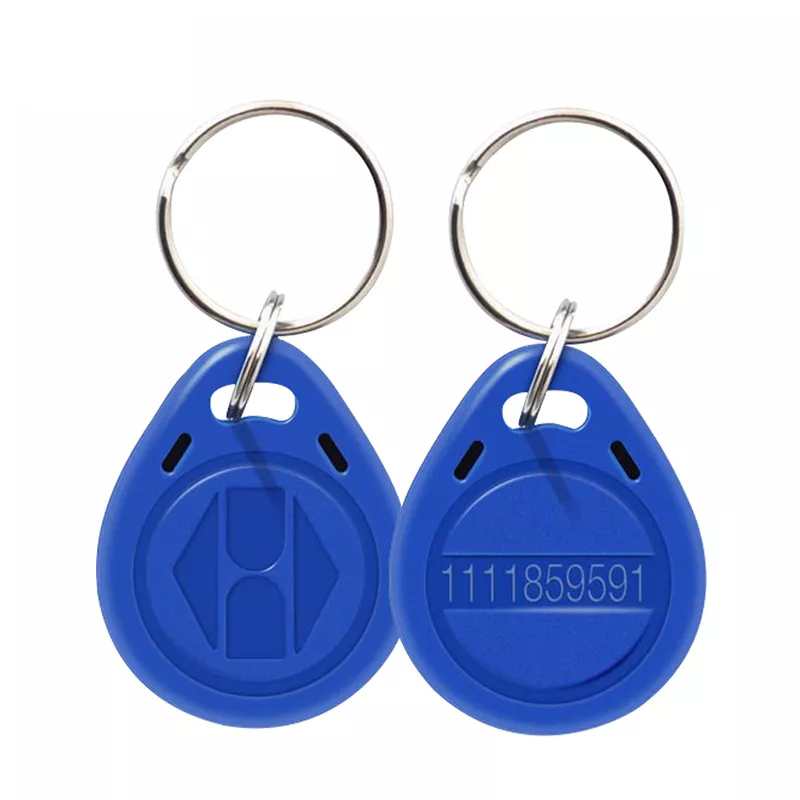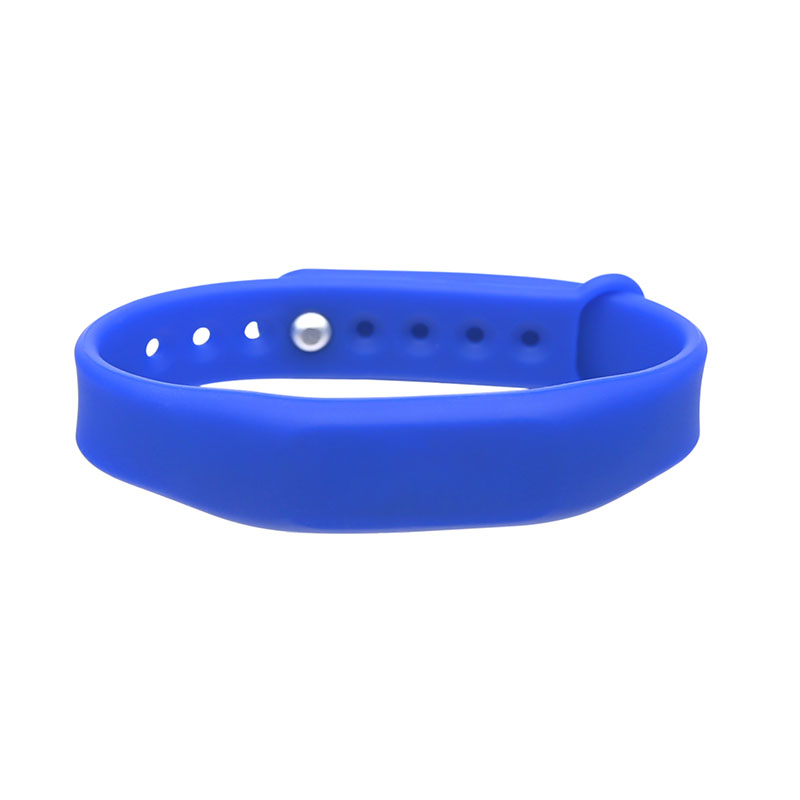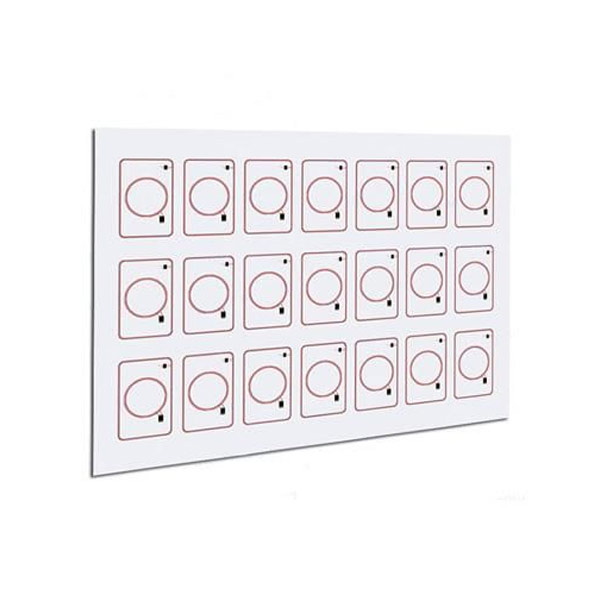Understanding RFID Wristbands: A Comprehensive Guide
in today's fast-paced world, the need for efficient identification, tracking, and access control solutions has never been greater. RFID wristbands have emerged as a versatile and innovative solution, revolutionizing industries from healthcare and hospitality to events and beyond. As a leading provider of RFID solutions, we are committed to helping our customers unlock the full potential of this groundbreaking technology. in this article, we will delve into the basics of RFID wristbands, how they function, their advantages over traditional methods, and the diverse applications they offer.
The Evolution of RFID Wristbands
Radio Frequency Identification (RFID) technology has come a long way since its inception. Originally used for identifying aircraft, RFID has transformed into a compact, efficient, and cost-effective solution for a wide range of consumer applications. The development of RFID wristbands in the early 2000s marked a significant milestone. These wearable devices quickly gained popularity in large-scale events and theme parks like Disney World, where they enabled seamless access and cashless payments. Today, RFID wristbands are used globally across various sectors, including hospitals, hotels, gyms, and smart campuses.

What is an RFID Wristband?
An RFID wristband is a wearable device that integrates RFID technology. It typically consists of three main components: an RFID chip, an antenna, and the wristband material. The RFID chip serves as the core of the wristband, storing and transmitting data. The antenna is responsible for receiving and transmitting radio frequency (RF) signals, while the wristband material can vary based on the intended use, offering different options in terms of durability, comfort, and aesthetics.
How RFID Wristbands Work?
The functionality of RFID wristbands relies on the interaction between the wristband and an RFID reader. Here’s a breakdown of the process:
Embedded RFID Chip: The chip stores a unique identifier or specific data, such as guest information, payment details, or medical records.
Antenna: This component transmits and receives signals between the wristband and the reader.
RFID Reader: The reader emits a radio signal that powers the wristband (if it is a passive tag) and captures the stored data.
When an RFID wristband comes within range of a reader, the reader's signal powers the wristband, which then wirelessly transmits its data. This process is completed in milliseconds, enabling quick and secure transactions or verifications.
Our Products
We offer a variety of RFID wristbands to meet the needs of different industries:
Reusable and durable.
Ideal for gyms, pools, and spas.
Customizable with logos and colors.
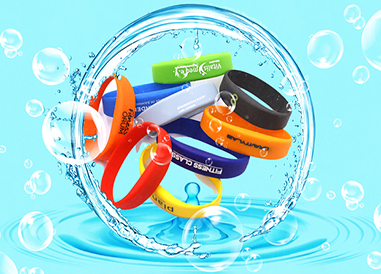
Comfortable and stylish.
Perfect for music festivals and events.
Tamper-proof security locks available.

PVC RFID Wristbands:
Lightweight and economical.
Popular in hospitals and schools.
Available with full-color printing.

Disposable and cost-effective.
Suitable for one-day events or visitor management.
Eco-friendly options available.
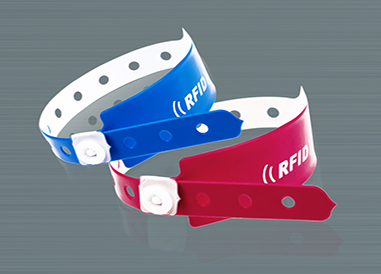
RFID Wristbands vs. Barcode Wristbands
Both RFID and barcode wristbands are used for identification and tracking, but they differ significantly in several ways:
Technical Principles:
RFID Wristbands: Utilize wireless radio frequency technology, allowing for contactless data transmission. This makes them highly convenient for applications where physical contact is impractical.
Barcode Wristbands: Rely on optical scanning technology, requiring direct line-of-sight between the scanner and the barcode. Damage or dirt on the barcode can hinder the scanning process.
Reading Speed:
RFID Wristbands: Can achieve rapid batch reading, allowing multiple wristbands to be read simultaneously. This is particularly beneficial in high-throughput scenarios, such as large events or busy facilities.
Barcode Wristbands: Require individual scanning, which can be time-consuming when dealing with large numbers of items or people.
Storage Capacity:
RFID Wristbands: Can store a significant amount of information, including detailed personal data, biometric information, and more. This enables comprehensive identification and tracking.
Barcode Wristbands: Have limited storage capacity, typically only holding a unique identification number or short code. Additional information must be retrieved from a database.

Applications and Advantages of RFID Wristbands
RFID wristbands offer numerous benefits across various industries:
Event Management:
Efficient Admission: Quickly verify attendee identities, speeding up the admission process and reducing wait times.
Real-Time Tracking: Monitor crowd density and respond promptly to emergencies, enhancing safety management.
Healthcare:
Patient Identification: Provide quick access to comprehensive patient information, reducing the risk of medical errors.
Medication Management: Track medication usage, ensuring accurate administration and preventing misuse.
Access Control:
Convenient Entry: Serve as contactless access cards, granting different levels of access based on user roles and permissions.
Enhanced Security: Reduce wear and tear compared to traditional key cards and minimize the risk of card damage.
Library Management:
Streamlined Operations: Simplify the borrowing and returning process through self-service machines.
inventory Management: Enable quick scanning and tracking of books and materials, reducing the time required for manual inventory checks.
Future Prospects
The potential for RFID wristbands continues to grow. As technology advances and market demand expands, we can expect to see even more innovative applications. For example, future RFID wristbands could be integrated with mobile payments and smart home systems, creating a seamless and interconnected user experience.
Why Choose Us?
With over a decade of experience in the RFID industry, we offer:
Full Customization: Tailored RFID solutions, including wristbands, cards, key fobs, and smart devices.
High Quality: ISO-compliant materials (ISO 14443, ISO 15693) ensure reliability and durability.
Secure Solutions: Encrypted protocols and data protection to safeguard your information.
Flexible Scalability: Solutions for startups to enterprise-level projects.
Contact us today to discover how our reliable and innovative RFID solutions can enhance your operations and bring greater convenience to your business.


